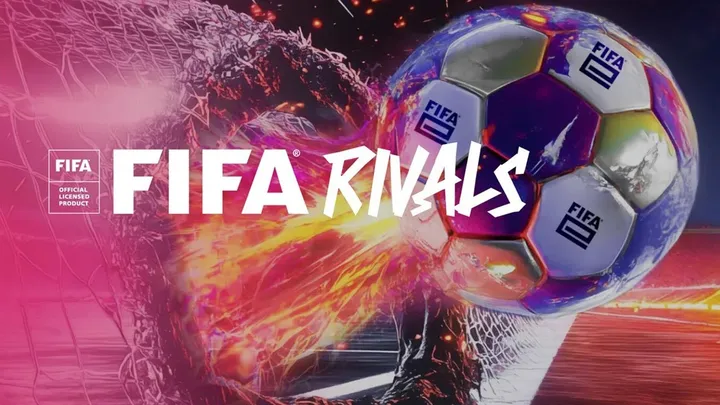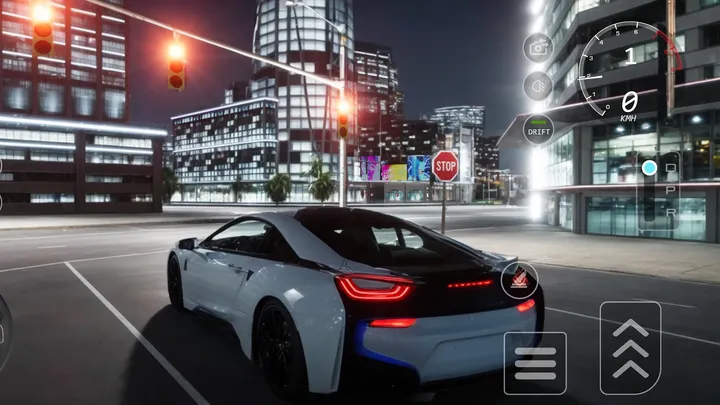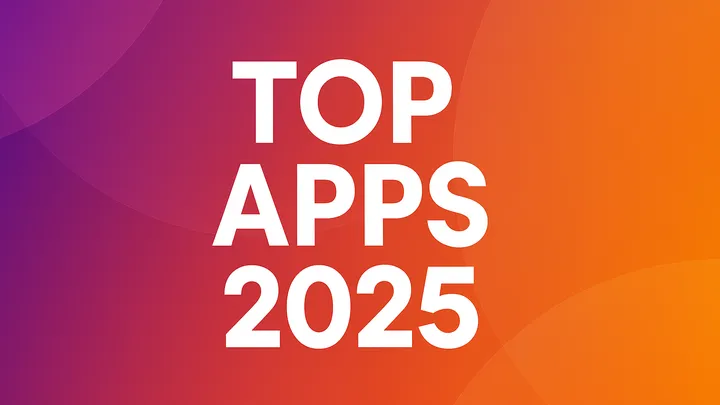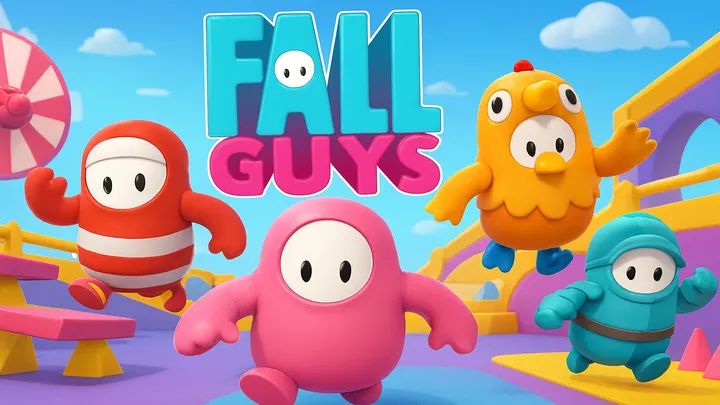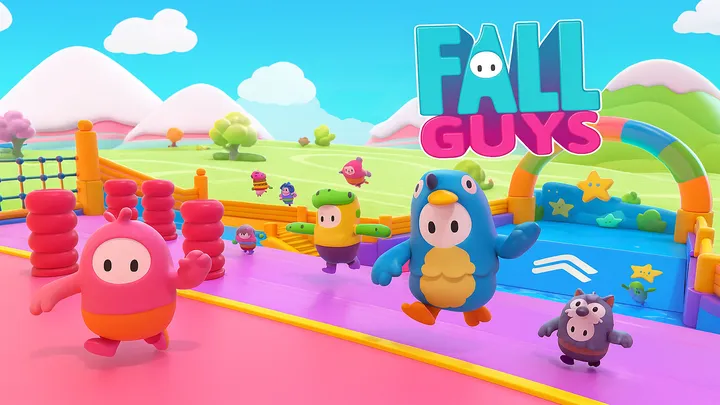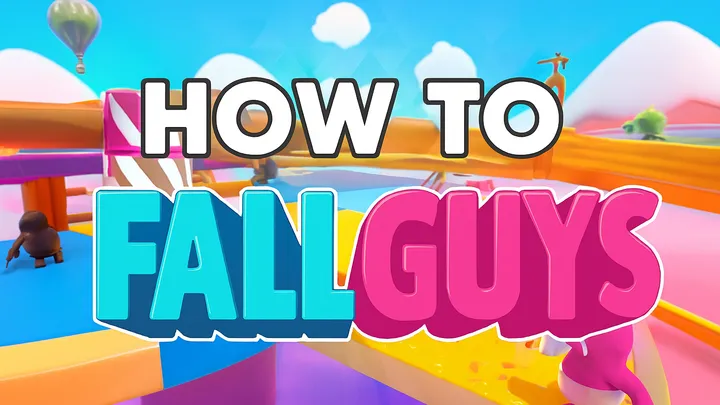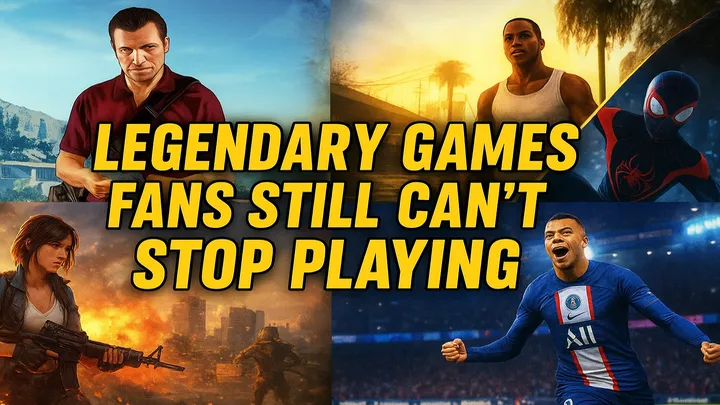Introduction
Released by Riot Games in June 2020, Valorant has quickly established itself as one of the leading tactical first-person shooters (FPS) in the gaming community. Combining elements of traditional shooters with unique character abilities, Valorant offers a fresh take on competitive gameplay. This article delves into the game's mechanics, characters, maps, and the vibrant community that has sprung up around it.
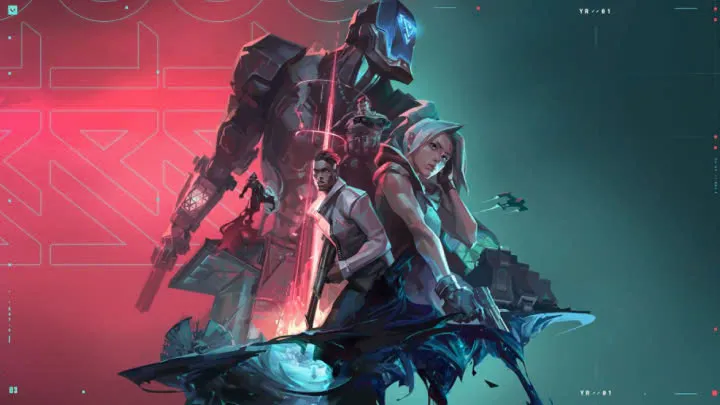
Gameplay Mechanics
1. Core Gameplay
Valorant is a 5v5 tactical shooter that emphasizes strategy, teamwork, and precise shooting skills. The game consists of several rounds where teams alternate between attacking and defending bomb sites. The attacking team aims to plant a bomb (called the Spike) at designated sites, while the defending team seeks to prevent this through tactical positioning and communication.
2. Economy System
Valorant introduces an economy system reminiscent of Counter-Strike, where players earn credits based on their performance in each round. Players can purchase weapons, shields, and abilities at the start of each round. Managing this economy is crucial, as it influences the team's overall strategy and capability to secure victories.
3. Abilities
One of Valorant's standout features is the character-based abilities. Each agent has unique skills that can turn the tide of battle. These abilities can range from healing teammates to deploying smoke screens or revealing enemy positions. This aspect adds a layer of strategic depth, encouraging players to think creatively about how to use their agents' abilities in conjunction with their shooting skills.
Agent Overview
1. Diverse Cast of Characters
Valorant features a diverse roster of agents, each hailing from different parts of the world. This diversity is not only represented in their appearances but also in their backgrounds and abilities. With agents like Phoenix, an agile duelist with fire-based abilities, and Sage, a healer who can revive fallen teammates, players can choose characters that suit their playstyle.
2. Agent Classes
Agents in Valorant are categorized into four classes: Duelists, Controllers, Initiators, and Sentinels.
- Duelists: Aggressive characters designed to secure kills.
- Controllers: Focus on area denial and controlling the battlefield.
- Initiators: Designed to break through enemy defenses and create openings for the team.
- Sentinels: Support characters that can heal or provide utility to the team.
This classification encourages balanced team compositions and strategic gameplay.
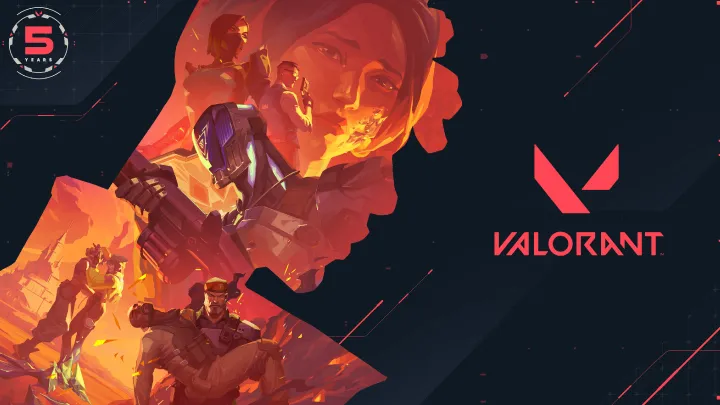
Maps and Environments
1. Variety of Maps
Valorant features a range of maps, each with unique layouts, sightlines, and tactical opportunities. Maps like Bind, with its teleporters, and Haven, featuring three bomb sites, challenge players to adapt their strategies and coordinate effectively with teammates.
2. Map Design Philosophy
The design of each map emphasizes verticality and strategic depth. Players must utilize their agents' abilities and coordinate with teammates to control key areas. The environment plays a crucial role in shaping the game's tactics, making map knowledge essential for success.
Competitive Scene
1. Esports Landscape
Since its launch, Valorant has quickly transitioned into a major esports title. Riot Games has actively supported the competitive scene, organizing tournaments and leagues, including the Valorant Champions Tour (VCT).
2. Community Engagement
The game's community is vibrant and engaged, with players participating in ranked matches, casual play, and competitive tournaments. Streamers and content creators have also played a significant role in promoting the game, showcasing strategies, tutorials, and gameplay highlights.
Conclusion
Valorant has successfully carved out its niche in the competitive gaming landscape. With its unique blend of tactical shooting, character abilities, and strategic depth, it continues to attract players from various backgrounds. As the game evolves with regular updates and new content, the future looks bright for Valorant and its dedicated community.





